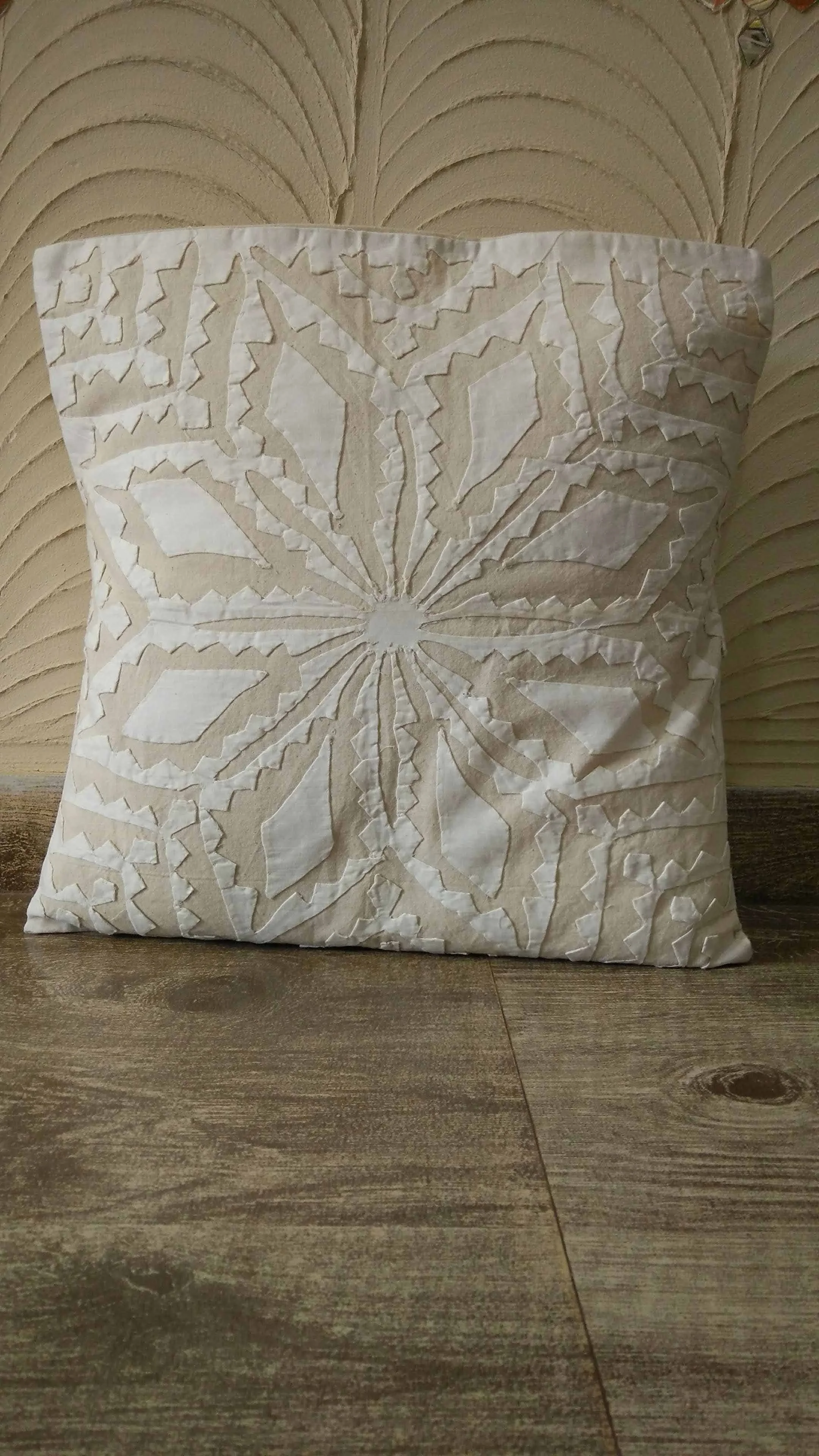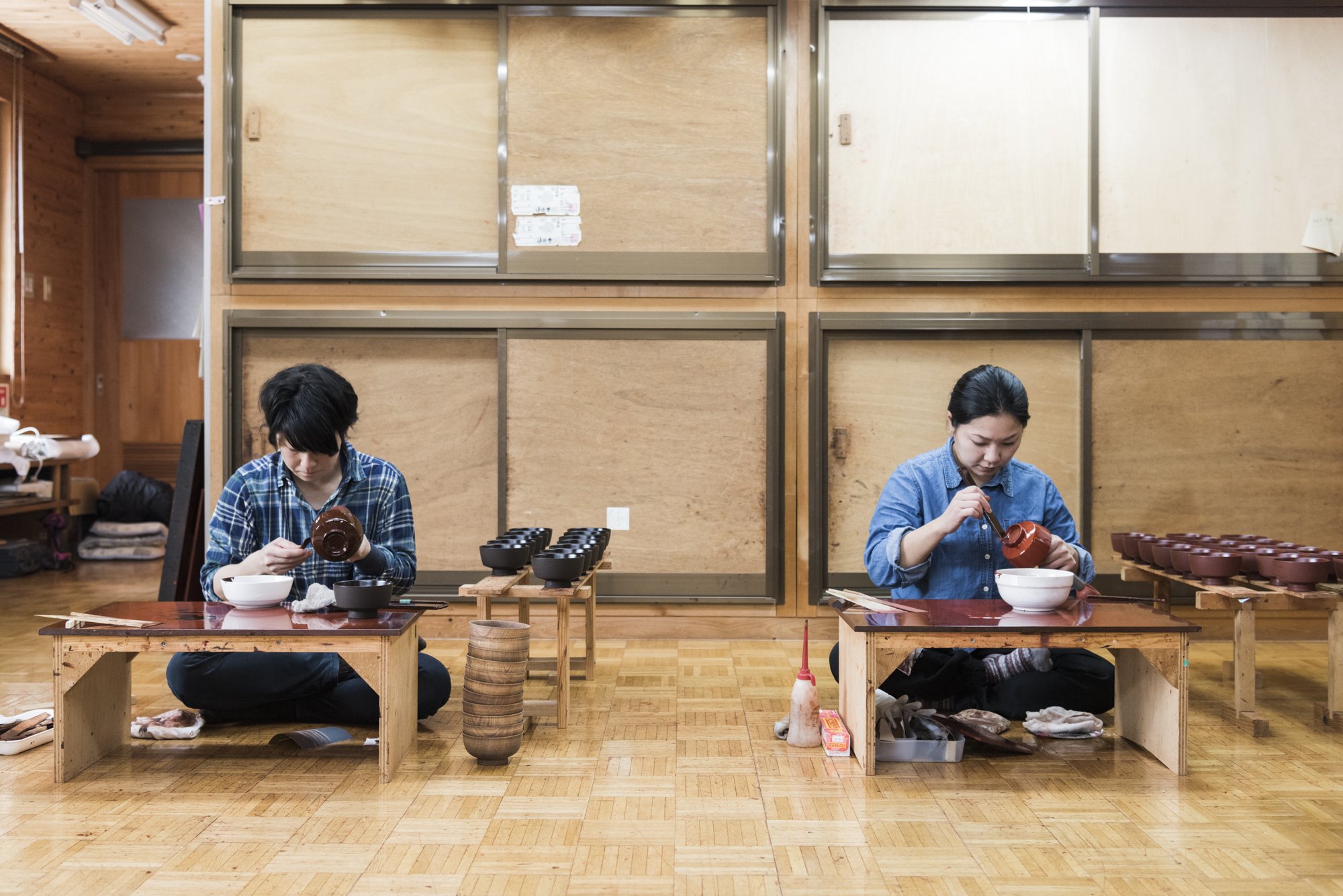Vanita Chauhan
Appliqué's Simple Beauty
The history of appliqué and patchwork can be traced to women in the native communities of northern Gujarat, India’s westernmost state. There, women of diverse backgrounds all produced large canopies, hangings, and friezes with human and animal figures stitched on them. These ornamental designs, created by hand-sewing pieces of fabric onto a larger piece of fabric, formed patterns and pictures which are still popular today.
Appliqué’s simple beauty belies its complexity. Artists start with nothing more than a needle, a pair of scissors, and cotton. Cotton voile, multi-colored threads, fabric swatches, and small mirrors may be used to embellish the designs. First, two pieces of fabric are cut–one serving as a base, the other, the appliqué. The design is transferred onto the fabric with tracing paper through which holes are pierced, creating a dotted line with water-soluble ink. This is then glued to the background fabric with ‘lai’ (made out of wheat flour, gum, and water), and the appliqué fabric is cut. Using a blind stitch or appliqué stitch, the cut fabric is then sewn (starting with background pieces and working up to foreground pieces) with matching thread on to the background fabric. These individual square panels are then joined together to make bed sheets, cushion covers, curtains, table runners, and more.
“Flaunting the dexterity of a pair of skilled hands, small abstract patterns of applique adorning a garment, or animal motifs with trees enhancing home furnishings, have tickled our curious nerve since time immemorial and will continue doing so,” says Vanita Chauhan, who is inspired by the famous appliqué artisans of her heritage. A born artist, she was encouraged by her husband and family to explore designs of her own. Vanita has now trained and employed over 1500 artists, helping these women to earn both livelihood and status through their craft.








